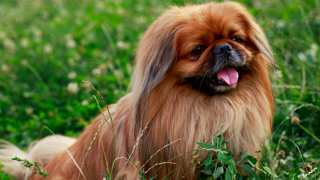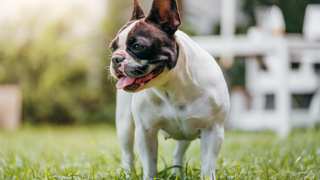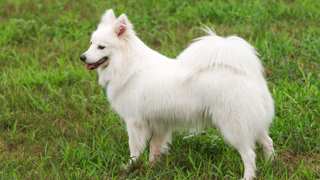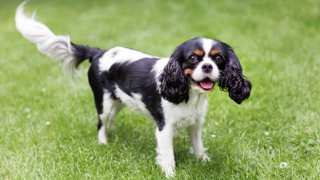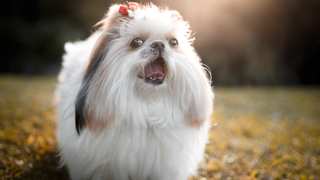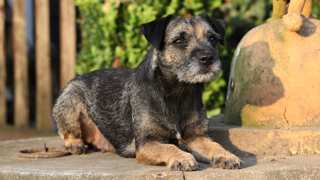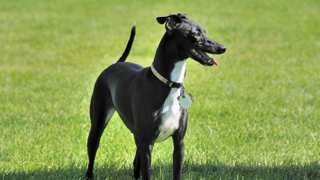Pugs' short coats don't tend to mat or tangle much--but when they do (especially during shedding season), the tangles can be impossible to get out! Because these dogs shed regularly, when dead hairs from the undercoat get tangled up with hair on the outer coat, the resulting snarls are very difficult to deal with.
The best way to handle tangles in Pugs' coats is to keep them from happening in the first place. A lot of owners use de-shedding tools like a Furminator to remove dead hairs from the undercoat. The best Furminator for Pugs is the de-shedding tool for small dogs with short hair. Ask a clerk at your pet store (or visit the Furminator.com Web site) for more info.
The problem with using a de-shedding tool is that it can damage the coat by removing healthy hairs along with the dead ones, which will leave the coat looking uneven. So if your Pug's coat does develop a tangle, it's best to remove it using your fingers. Try separating the hairs with your thumbs and forefingers, going strand by strand if necessary. For extra-stubborn snarls, use scissors to cut them in half (or even fourths) to start the process.

